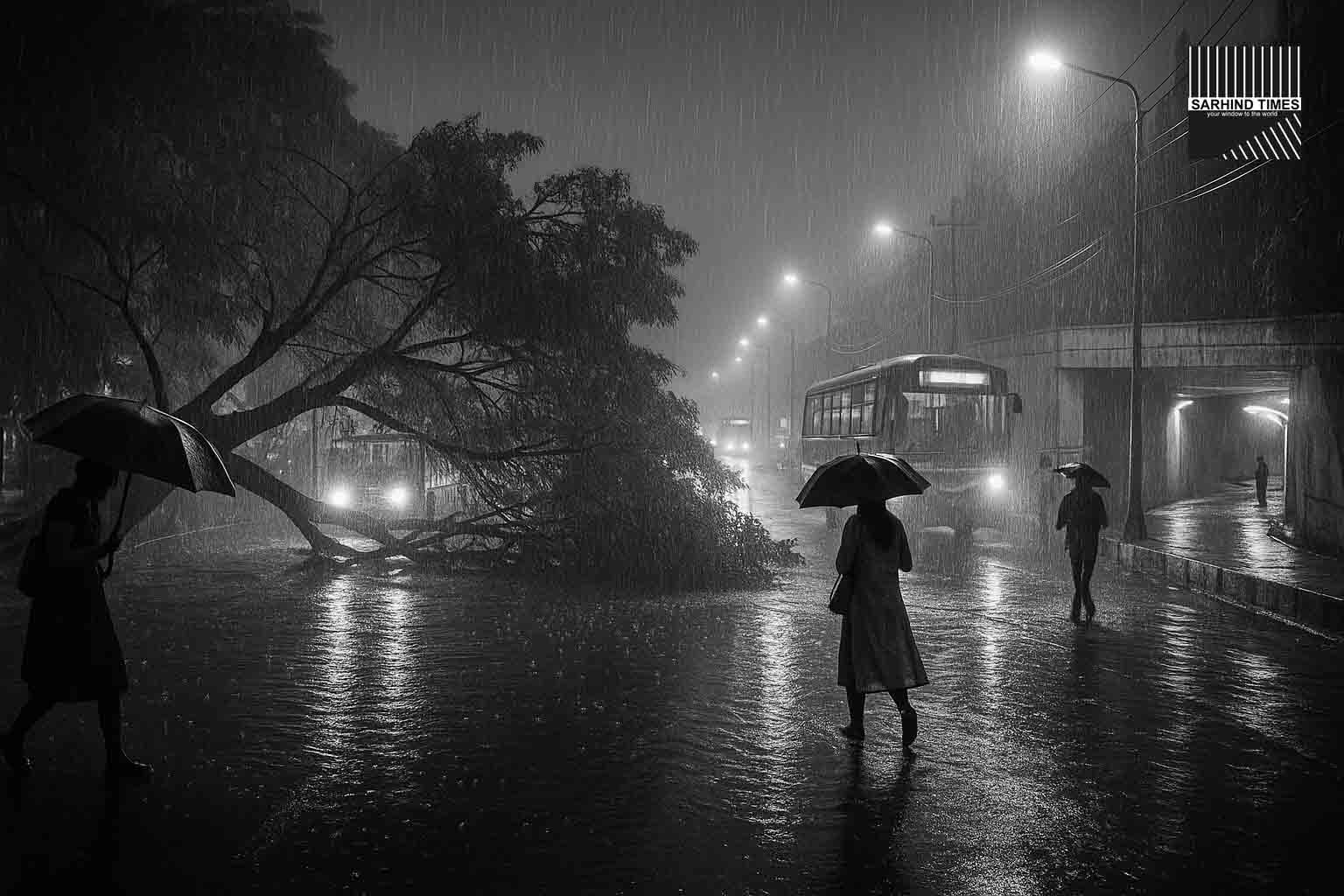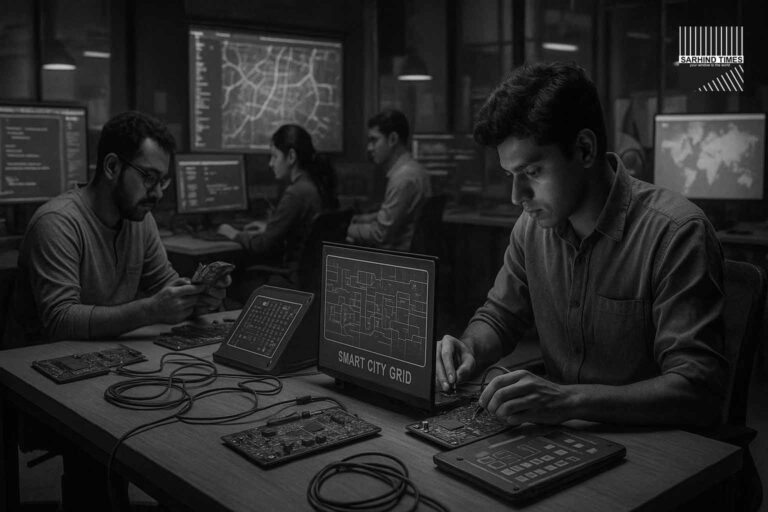20 sep 2025
Bengaluru, India’s technology capital, found itself grappling with nature’s fury yet again as overnight showers dumped nearly 71 mm of rain in just 12 hours. The deluge uprooted dozens of trees, triggered widespread power outages, and left arterial corridors choked with traffic snarls.
The India Meteorological Department (IMD) has issued a yellow alert, warning of continued showers through the weekend, as an upper-air circulation over Maharashtra and south-interior Karnataka sustains the wet spell. While monsoons are not new to Bengaluru, the city’s fragile infrastructure has once again been exposed by the intensity of short, heavy bursts.
The Numbers Behind the Rain
- 71 mm rainfall in 12 hours – nearly three times the daily average.
- 45 trees uprooted and almost 100 branches fallen, mostly in the city’s northern zones.
- Dozens of feeder lines tripped, causing outages across residential pockets.
- Underpasses flooded, forcing commuters to take long detours.
September’s rainfall has now exceeded the city’s long-period average, underlining how climate variability is hitting Bengaluru harder each year.
Impact on Residents
- Traffic Paralysis – Commuters reported long delays on Bellary Road, Outer Ring Road, and arterial IT corridors. Ride-hailing apps surged, and buses were rerouted.
- Power Outages – Several neighborhoods, especially in Yelahanka and Hebbal, experienced prolonged blackouts.
- Waterlogging – Underpasses in KR Puram, Majestic, and Whitefield flooded, raising safety concerns.
- Disrupted Daily Life – Offices saw delays as employees logged in late, while schools reported low attendance.
Civic Agencies on the Ground
BBMP (Bruhat Bengaluru Mahanagara Palike) and BESCOM deployed emergency teams:
- Tree-clearing squads worked overnight to remove fallen trunks.
- Rapid-response power teams isolated tripped feeders and restored supply in phases.
- Traffic police set up barricades around inundated underpasses to prevent accidents.
Still, residents complained about slow response and repeated infrastructure failures.
Experts Speak: The Drainage Dilemma
Urban planners and environmentalists argue that Bengaluru’s problem is not rain, but drainage mismanagement:
- Encroached lakebeds reduce natural absorption.
- Narrow stormwater drains are clogged by silt and waste.
- Ward-level desilting is often reactive, not preventive.
- Rapid urbanization has outpaced planning, with concrete replacing wetlands.
An urban ecologist explained:
“Short, intense bursts are the new normal under climate change. Unless we enforce lake buffers and upgrade stormwater drains, the city will flood every monsoon.”
Climate Change Context
IMD data shows that India is witnessing fewer rainy days but heavier downpours. Bengaluru, once known for its temperate climate, now faces erratic rainfall patterns. The implications:
- Increased flash flooding.
- Greater stress on power and transport systems.
- Higher risks for informal settlements near low-lying areas.
Residents’ Voices
- Tech worker in Whitefield: “It took me two hours to reach the office today. The rain is manageable—the traffic chaos isn’t.”
- Senior citizen in Hebbal: “Power went off at 1 a.m. and returned only at 8 a.m. Inverter batteries aren’t enough for long cuts.”
- College student in Majestic: “We waded through knee-deep water at the underpass. It’s unsafe every time it rains hard.”
Lessons from Other Cities
- Chennai has invested in stormwater drain upgrades after its 2015 floods.
- Mumbai continues to face monsoon chaos but has expanded pumping stations.
- Singapore integrates drainage with urban design, using parks as stormwater buffers.
Experts say Bengaluru must learn and adapt, blending modern engineering with ecological restoration.
Looking Ahead
The yellow alert remains in force. Officials warn of continued disruptions, advising:
- Avoid underpasses prone to waterlogging.
- Work from home where possible.
- Prepare for intermittent outages with backups.
Civic bodies promise stepped-up desilting, more mobile repair units, and quicker response times. But for citizens, the question remains: will these fixes hold when the next downpour arrives?
Conclusion
Bengaluru’s rain crisis is a familiar story, but each episode underscores a deeper challenge: the mismatch between rapid urban growth and fragile infrastructure. Until the city invests in resilient drainage, stronger power grids, and proactive planning, each monsoon will bring déjà vu in the form of flooded roads, blackouts, and public frustration.
For residents, the resilience lies in patience and adaptation; for policymakers, the challenge lies in turning warnings into action before the city’s global reputation suffers further erosion.
#Bengaluru #Rain #IMD #CityInfrastructure #Weather #ClimateChange #SarhindTimes
























+ There are no comments
Add yours